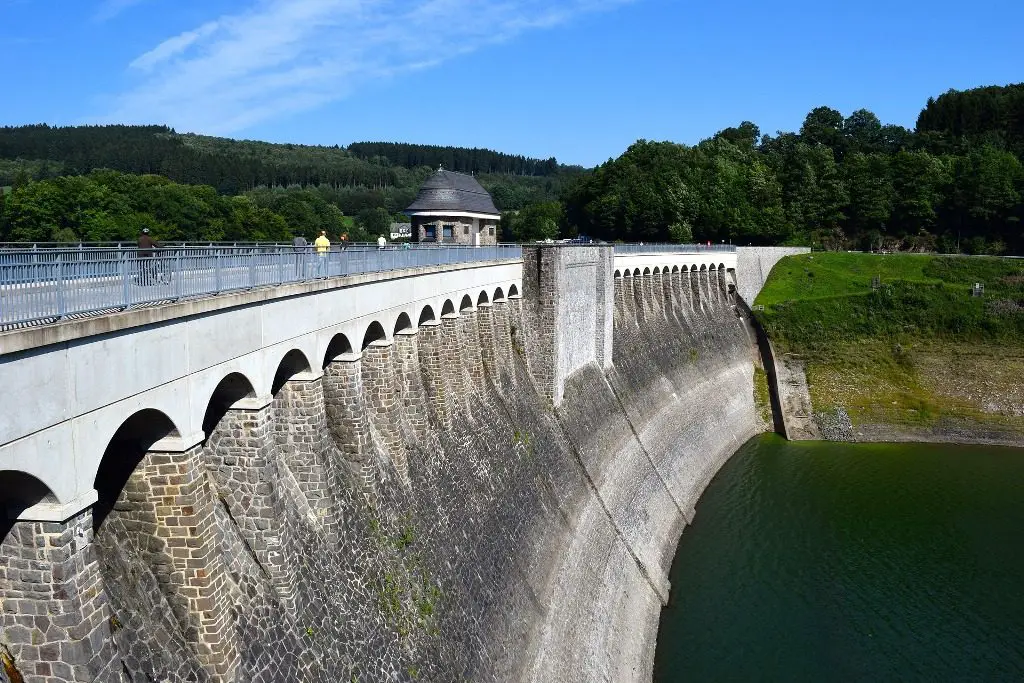In Favor :-
- There are multiple benefits by big dams. They provide water for irrigation, prevents of floods and generates electricity.
- Large dams have the potential to save the country from critical food shortages.
- We cannot blame dams for improper rehabilitation. Rehabilitation is not done properly because of the delays of projects in turn caused by social activists.
- Dams save ground water from over-exploitation.
- Hydel power is the cleanest and cheapest source of energy after solar energy.
- Small dams are uneconomic.
- Dams are the main source for water in dry areas.
- It’s good to use technology for our survival.
Against :-
- Big dams displaces thousands of local people and causes loss of their livelihoods.
- Till now only one fourth of the displaced people are rehabilitated.
- Construction and maintenance of big dams require huge financial investments. It leads to less investments for the other development sectors like welfare schemes, other development activities etc.
- Dams affect the fertility of the soil.
- Dams cause permanent destruction of vast expanse of forests, wetlands and wildlife.
- Local people’s attachment to the land that they have nurtured all their lives is treated as insignificant. They are uprooted ruthlessly for the construction of dams.
- Most of displaced people are rural poor and belongs to Scheduled Tribes.
- Due to lack of flow of water, water becomes stagnated and causes spreading of water-borne diseases and releases green house gases.
- Big dams cause earthquakes because of the weight of water in reservoirs.
- If a large dam is damaged, it will effect the lives of lakhs of people.
- In the world’s worst dam disaster in China in 1975 when two large dams burst as many as 2,30,000 people died.
Alternatives :-
- Through ‘rainwater harvesting’ rain can be caught on rooftops and channeled into tanks.
- By investing more in solar energy, dependence on hydel power reduces.
Facts :-
- India holds a strong position in the list of dam building countries after US and China.
Conclusion :-
We need dams. However by focusing more on alternative methods, need of big dams will lessen over time. When dams are constructed, care must be taken to rehabilitate all. Dams must be built on a strong rock foundation and total dam must be strong enough to tolerate natural disasters.
Your Turn…
What are your thoughts on this topic? Express your opinion in the comment section below.
Copyright @ Group Discussion Ideas.

